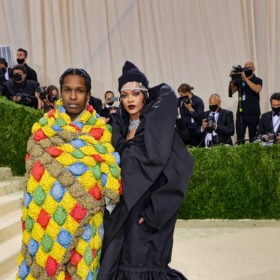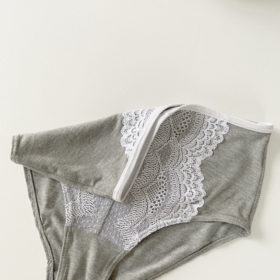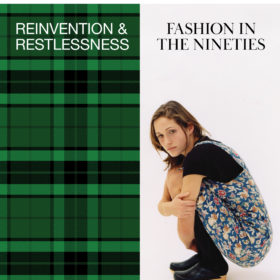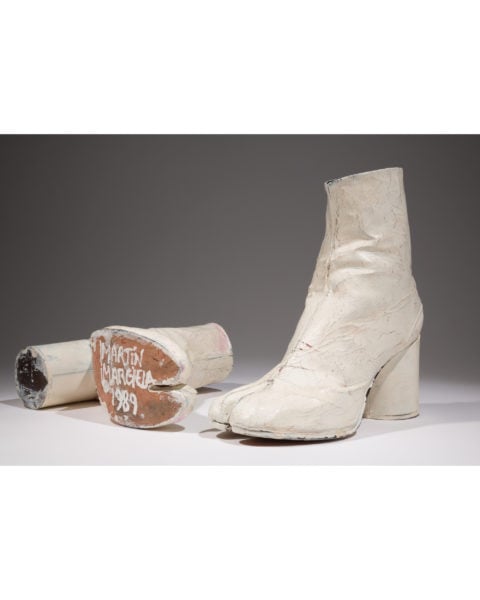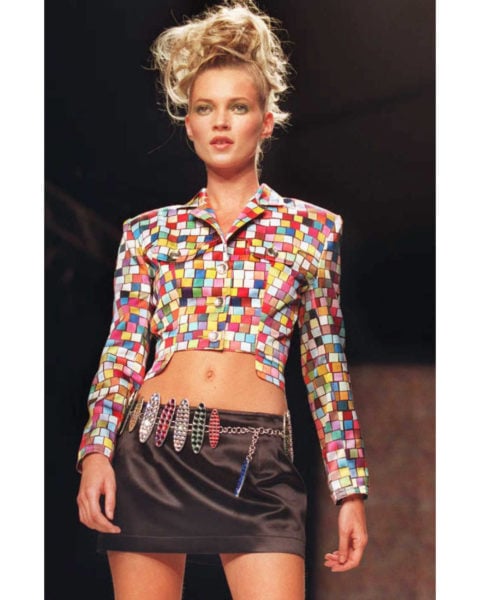Saje skincare is here!
Vancouver-based wellness company Saje is is getting into the skincare game introducing a line of plant-powered products (from $26). And there’s plenty to choose from. There’s the three-step soothing Calm-O-Mile line, which is formulated for those with sensitive skin; antioxidant-rich Glow On products protect against environmental damage and is best for those with normal or combination skin; the rejuvenating True Dew delivers moisture and radiance, especially on mature skin; and clarifying Claritea products are formulated with botanicals like tea tree and aloe vera to treat acne-prone skin.
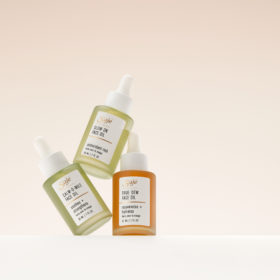
T3’s new styling tool promises a salon-worthy blowout
Heat styling at home just got a whole lot easier. The new T3 AireBrush Duo hot air styler ($225) features two interchangeable brush attachments and 15 speed and heat combinations so you can find the best setting that works for your hair type and texture. Using the brand’s IonFlow technology, the sleek device delivers a ton of power to quickly provide a shiny, frizz-free look, and it includes a handy volume booster switch for easy results. After a smooth, super straight look? Opt for the paddle brush. Or, try the round brush for something more full and bold.
View this post on Instagram
Cheekbone Beauty hits Sephora Canada
Major Canadian beauty news: Indigenous-owned brand Cheekbone Beauty will be shoppable at Sephora.ca as of September 21. A curated selection of the brand’s beloved Sustain products — like the super pigmented Sustain Lipstick and shine-boosting Sustain Lipgloss — will be available to order on the retailer’s site. To celebrate the news, founder and CEO Jennifer Harper has also launched two new products that will be found exclusively online at Sephora: Sustain Mascara, which promises lightweight length, and Sustain Blush/Bronzer, a sheer duo available in three different shades.
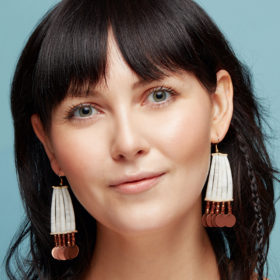
Olaplex introduces new toning shampoo
There’s a new Olaplex product vying for your shelf space. The beloved haircare brand’s No. 4P Blonde Enhancer Toning Shampoo — the first of its kind for the company — is a purple shampoo formulated specifically for blonde, lightened and grey hair. The sulfate-free, highly concentrated product promises to neutralize brassiness, and soften, strengthen and protect hair, all while cleansing and hydrating, too. It’s also gentle enough to use every time you shampoo, and the brand says that the longer you use it, the brighter the results.
View this post on Instagram
A refillable blush from Beautycounter
We’re always looking for new ways to reduce the amount of waste we produce, so a new refillable blush from Beautycounter is welcome news. The Cheeky Clean Blush is now available in eight, buildable shades and the reusable compact is made, in part, with PCR (post-consumer resin) plastic. The creamy and lightweight blush is formulated with jojoba and squalene, which work together to moisturize and create a perfectly dewy finish without looking greasy.

Kérastase expands its Spécifique hairline line
Kérastase’s Spécifique line is known for promoting scalp health and combating issues like sensitivity and itchiness. Now, the luxe brand is adding four new products to the collection, designed to revitalize your scalp and nourish oily and dry strands. Spécifique Serum Potentialiste is a defense serum that hydrates, protects from pollution and balances your scalp’s microbiome. Then there’s Spécifique Bain Divalent, a fresh, nourishing shampoo for oily roots, and purifying Spécifique Argile Équilibrante, a cleansing treatment made with a blend of kaolin and montmorillonite clays. Finally, there’s Spécifique Masque Rehydratant, a lightweight gel that’s perfect for oily roots and dry lengths.
View this post on Instagram
The post Saje Launches Skincare + More Beauty News You Missed This Week appeared first on FASHION Magazine.
from FASHION Magazine https://ift.tt/3hKZ9Sp
via babu31blog
